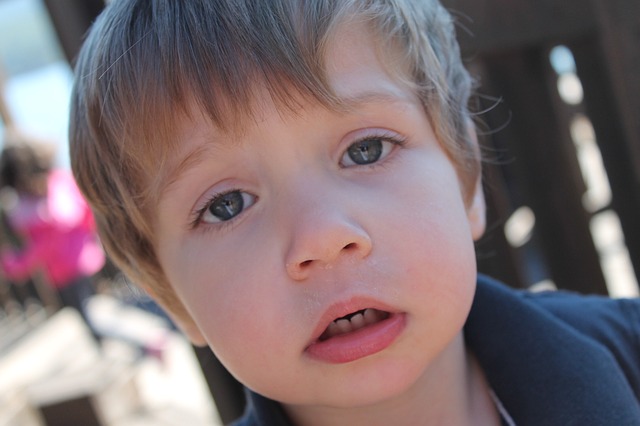Often our tendency with challenging emotions is to push them away or ignore them. We may disown these thoughts and challenging emotions because we feel shame that we are experiencing intense anger, continuous resentment or persistent bitterness. Sometimes, if we entertain them and play the triggering situation over and over in our minds, these emotions take over our life, our reactions and interactions. We may harbour resentment and continuously engage in harmful and unproductive thoughts, e.g. “Why me?”, “Wait till I get the chance to pay them back!” or “What have I done to deserve this?” Our thoughts emerge from our inner hurt and overtake us.
A guided meditation to bring challenging emotions to awareness
Tom Heah, accredited UCLA meditation teacher, provides a guided meditation podcast focused on Meeting Challenging Emotions with Awareness. Tom maintains, like other meditation teachers, that it is important to allow these emotions, face them fully and own them, while treating ourselves with kindness and compassion.
He suggests that we can grow in mindfulness and the capacity for a healthy response by meditating on a triggering situation and allowing the stimulated emotion to be with you. He encourages you to feel the emotions in your body – sense its location, strength and size. Tom recommends giving a label to your emotion – naming your feelings – so that you can better manage them. He argues that being clear about how you really feel (not diminishing it or hiding its nature or intensity), will help you to respond appropriately rather than reactively.
As you open your “awareness to whatever feelings arise” such as loneliness, anger or frustration, you will experience bodily sensations such as tightness in the chest, pain in your arms/back or constriction of your breathing. Tom maintains that it is important to allow these bodily sensations but support yourself with conscious breathing. He suggests that you can think of breathing in self-kindness, love and caring and breathing out tension, pain and anxiety. Your breath can be your emotions release valve.
Reflection
Tom’s process enables us to reflect on a past event that triggered challenging emotions. However, if you are in the situation that is triggering your strong emotional response, you can adopt the S.T.O.P. process suggested by Tara Brach. This process – stop, take a breath, observe, respond – enables you to pause before responding and assists you to regain control.
As we grow in mindfulness through meditation and reflection, we will be better able to manage our challenging emotions in-the-moment. This self-regulation takes considerable self-awareness and heightened self-control, both of which can be developed over time. Tom reminds us that emotions can have a “limited timespan” if we readily face them and their bodily manifestations and don’t brush them aside, ignore them or engage in endless negative thinking.
Tom offers a range of free guided meditation podcasts and paid training courses, including a course in Mindfulness Based Stress Reduction (MBSR) for which he is highly qualified and experienced.
________________________________________
By Ron Passfield – Copyright (Creative Commons license, Attribution, Non-Commercial–No Derivatives)
Disclosure: If you purchase a product through this site, I may earn a commission which will help to pay for the site, the associated Meetup group and the resources to support the blog.

